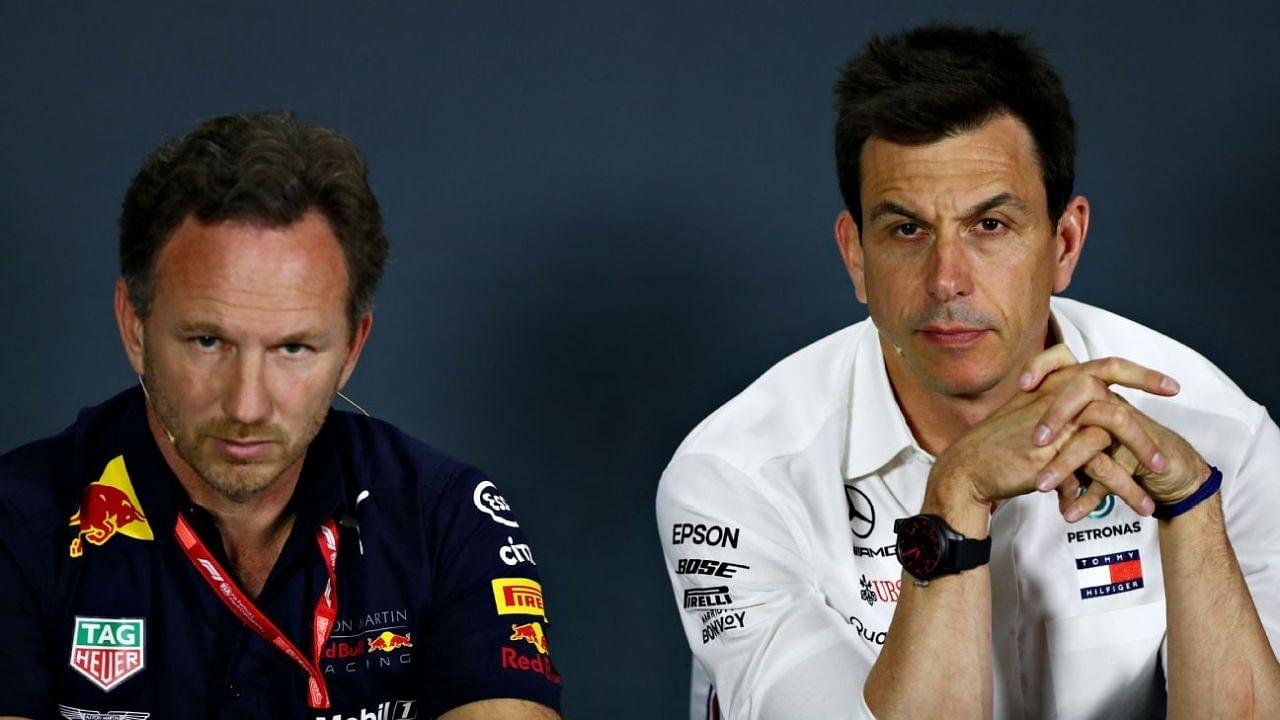“There is no such thing as a human error”– Toto Wolff and Christian Horner disagree on the new regulations enforcing errors.
Mercedes and Red Bull stood on the opposite poles when it came to the technical directive on F1 pitstops that attempts to increase time in an average pitstops to ensure the safety of drivers.
The Silver Arrows promoted it with full effort, while Red Bull, who are proficient in making quick pitstops, alleged that it’s an attempt to slow them down, as they have shown how effective their quick pitstops have been in the competition.
However, since the regulations came into implementation, there have been complaints that it’s over-slowing the pitstops and broadens the scope of human error, but Wolff disagrees.
“You have to look at the whole process. There is no such thing as a human error,” Wolff told select members of the media, including RacingNews365.com.
“There is this thing in how the process is designed, how the equipment is calibrated, so that is what we need to look at, and we need to give the best possible wheel gun and the best possible process to the mechanics so they can operate in a safe way to avoid longer pit-stops.”
“But equally [we need to] be fast enough and that balance has always been tricky for all teams in Formula 1.”
Our Max Verstappen was a victim
On the other hand, Horner cites Max Verstappen’s slow pitstop in Monza was because of a human error driven by the regulation, which eventually led to Lewis Hamilton and him vying at the turn1 wheel to wheel, ending in a collision.
“I think there is something called a human error and I think we saw one of those at the last race,” he commented. “I think you always learn and I think you change your tools as well to try and make life easier, to build in fail-safes, whether it’s within the software and so on.”
“I think the pit-stop is an intrinsic part of a Grand Prix and you need to rely on a stationary time as part of your strategy. So, obviously, a lot of analysis goes into a failure at a pit-stop as it would do on any component on the car.”
“You try to learn from it, you try to put in fail-safes to deal with the situation should that re-occur.”






